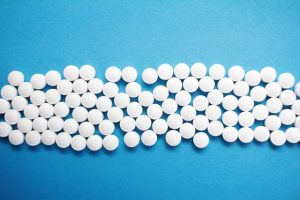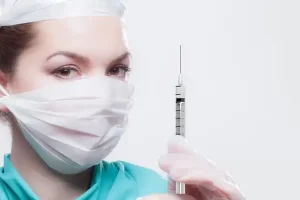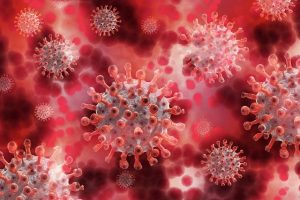Takeda spends huge to build potential ‘best-in-class’ gene therapy
- Mifepristone: A Safe and Effective Abortion Option Amidst Controversy
- Asbestos Detected in Buildings Damaged in Ukraine: Analyzed by Japanese Company
- New Ocrevus Subcutaneous Injection Therapy Shows Promising Results in Multiple Sclerosis Treatmen
- Dutch Man Infected with COVID-19 for 613 Days Dies: Accumulating Over 50 Virus Mutations
- Engineered Soybeans with Pig Protein: A Promising Alternative or Pandora’s Dish?
- Severe Fever with Thrombocytopenia Syndrome (SFTS): A Tick-Borne Threat with High Mortality
Takeda spends huge to build potential ‘best-in-class’ gene therapy
- Red Yeast Rice Scare Grips Japan: Over 114 Hospitalized and 5 Deaths
- Long COVID Brain Fog: Blood-Brain Barrier Damage and Persistent Inflammation
- FDA has mandated a top-level black box warning for all marketed CAR-T therapies
- Can people with high blood pressure eat peanuts?
- What is the difference between dopamine and dobutamine?
- How long can the patient live after heart stent surgery?
Takeda spends huge to build potential ‘best-in-class’ gene therapy.
Gene therapy is an emerging treatment modality that is expected to provide long-lasting curative effects by expressing therapeutically effective transgenes in patients, achieving the effect of functionally curing the disease with a single treatment.
Takeda has been in this field frequently in the past two years. Recently, an article published by industry media Fierce Biotech introduced the company’s gene therapy development strategy.
The article pointed out that since March 2020, Takeda has reached 10 R&D cooperations in the field of gene therapy, with a total amount of more than 9 billion US dollars.
Key therapeutic areas include lysosomal storage disorders with unmet need, hematology and metabolic diseases.
The company’s layout strategy is not just to develop one or several gene therapies, but hopes to combine the best existing technologies to optimize multiple components of gene therapy, so as to build a potential “best-in-class” gene therapy.

▲ Takeda’s cooperation in the field of gene therapy since March 2020 (Image source: Reference [1])
For example, the first step in gene therapy optimization is to synthesize better transgenes. Takeda has recently reached a cooperation with Evozyne to use artificial intelligence and machine learning technologies to optimize protein sequence design and provide innovative protein sequences for gene therapy.
Gene therapy delivery has always been one of the keys to gene therapy development, and existing AAV vectors have limitations in terms of payload size, immunogenicity, and reproducibility.
Takeda has also entered into several agreements to acquire technology to address these challenges. For example, collaborations with Code Biotherapeutics, Genevant Sciences, and Ensoma will explore non-viral vector delivery technologies for gene therapy, including lipid nanoparticles (LNPs) and DNA vectors. They promise to improve delivery of large transgenes.
The collaboration with Selecta Biosciences aims to leverage its immune tolerance platform to enable repeat dosing of gene therapy.
These collaborations are like pieces in a jigsaw puzzle, said Mr. Madhu Natarajan, Head of Drug Discovery for Rare Diseases at Takeda. “We’ll stitch together these different technologies to ultimately bring us a potential ‘best-in-class’ gene therapy.”
References:
[1] All Takeda wants for its billion-dollar gene therapy spending spree is functional cures. Retrieved May 6, 2022, from https://www.fiercebiotech.com/biotech/all-takeda-wants-its-billion-dollar-gene-therapy-spending-spree-functional-cures
Takeda spends huge to build potential ‘best-in-class’ gene therapy
(source:internet, reference only)
Disclaimer of medicaltrend.org
Important Note: The information provided is for informational purposes only and should not be considered as medical advice.



